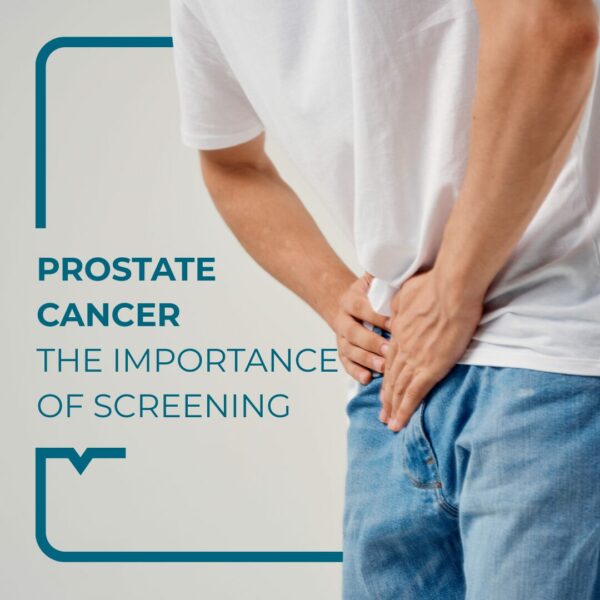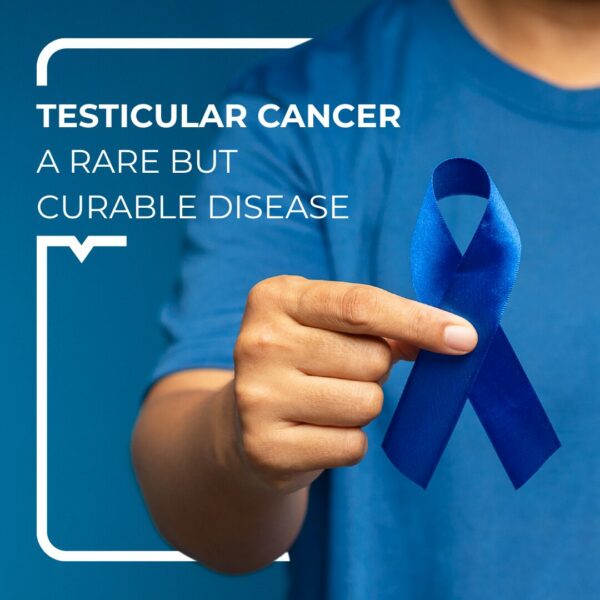Do you have back pain, numb legs, difficulty or inability to walk?
What is happening to you?
Is it old age coming on?
Ola, this is Dr Joy!
No, old age is in your head.
We’re 25 our whole life, right?
These symptoms might be the result of sciatica.
Have you ever heard of it?
I’d like to tell you more about it today.
Vamooos!
What is sciatica?
Sciatica is the name given to pain in the sciatic nerve, also known as neuralgia.
It is pain in the lower limb and is often associated with lower back pain.
In this case, it is called lumbosciatica.
The sciatic nerve ensures both the sensitivity of a part of the lower limbs and a part of its movements: it is sensory and motor.
It is the largest and longest nerve in the body.
It is rooted in the back and more precisely in the spinal cord. Its roots descend into the lumbar canal, which is bounded by the vertebrae.
Compression or inflammation of the sciatic nerve causes pain along its entire course.
There are several forms of sciatica:
- Paralytic sciatica: loss of the ability to make certain movements of the leg
- Hyperalgesic sciatica: not soothed by the usual painkillers
- Sciatica associated with a cauda equina syndrome, which affects other nerve roots
The most common is lumbosciatica.
Identifying sciatica: symptoms
Sciatica is mainly characterised by pain that runs along the sciatic nerves: from the lower back, through the buttocks, then into the legs, to finish just below the knee. Sometimes the pain can radiate to the foot.
Sciatica usually affects one side only. The pain is usually burning, shooting or stabbing. It starts in one place and moves to another, usually along the path of a nerve, and is called radiating pain.
Some people talk about a tingling sensation, but also numbness or weakness may be felt in the leg or foot.
In some cases, walking, running, climbing stairs, stretching the leg and sometimes coughing or stretching intensifies the pain.
To rephrase, the main symptoms of sciatica are:
- Pain along the sciatic nerves: lower back, buttocks, leg, knee
- It can radiate to the foot
- Burning, stabbing or tingling sensation
- Numbness or weakness in the leg or foot
- Intensified pain when walking, running, coughing, etc.
Causes and contributing factors
The most common cause of lumbosciatica is a herniated disc (the cracking or rupture of a disc between two vertebrae).
But sciatica can also be caused by other spinal injuries:
- Osteoarthritis of the lumbar vertebrae
- Infection in a part of the spine
- In rare cases, a tumour in the spine or in the spinal canal
- Inflammatory disease of the spine such as ankylosing spondylitis
- Trauma to the lumbar region, a traumatic vertebral fracture or vertebral collapse due to osteoporosis
- Etc.
Practising a sport or a job that requires frequent heavy lifting, sitting for several hours at a time, little physical activity, being overweight or having poor posture, etc. are all risk factors for developing sciatica.
Treating sciatica: the different methods
As with many diseases, there are different methods for treating and preventing sciatica.
- Medicinal treatments
There is no real medication to treat sciatica. It is mainly symptomatic treatments that will mainly relieve the pain.
This is the case with oral analgesics: paracetamol, or even more powerful analgesics such as codeine, tramadol or morphine.
Some non-steroidal anti-inflammatory drugs (NSAIDs) are indicated as short-term treatment for sciatica to relieve inflammation.
In all cases, it is recommended that you consult your GP or sports doctor before taking any medication.
- Alternative methods
Before resorting to medication, there are other methods of relieving sciatica pain:
- Osteopathy to relieve sciatica pain. The osteopath aims to reduce lumbar and pelvic tensions by means of treatments adapted to the needs of each patient. He uses gentle manipulations and works on different parts of the body (lumbar, pelvis, abdomen, rib cage…).
- Anti-inflammatory plants to combat pain: you can try harpagophytum in capsule form, or peppermint essential oil mixed with arnica in application. Ask a naturopath for advice before using these plants. There may be contraindications.
This is the end of this article on sciatica. If you still have questions, the Alegria Medical Centre team is at your disposal. Do not hesitate to contact us.
This information is not a substitute for medical advice.
You must seek the advice of your doctor or another qualified health professional with any questions you may have regarding your health condition.
Sources :
Ameli — Sciatique, comment la reconnaître ?
Vidal — Douleur sciatique
Le manuel MSD — Sciatique



